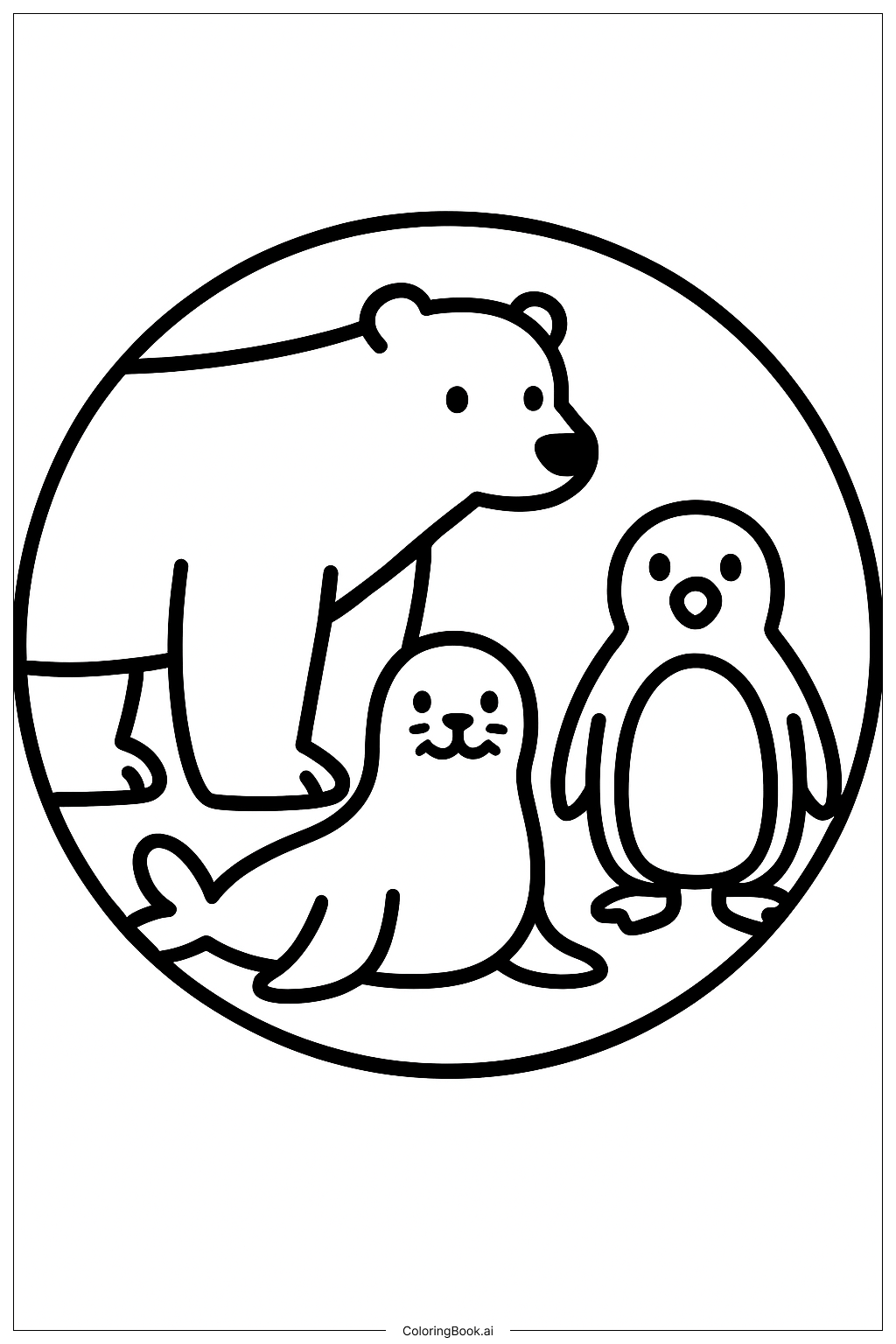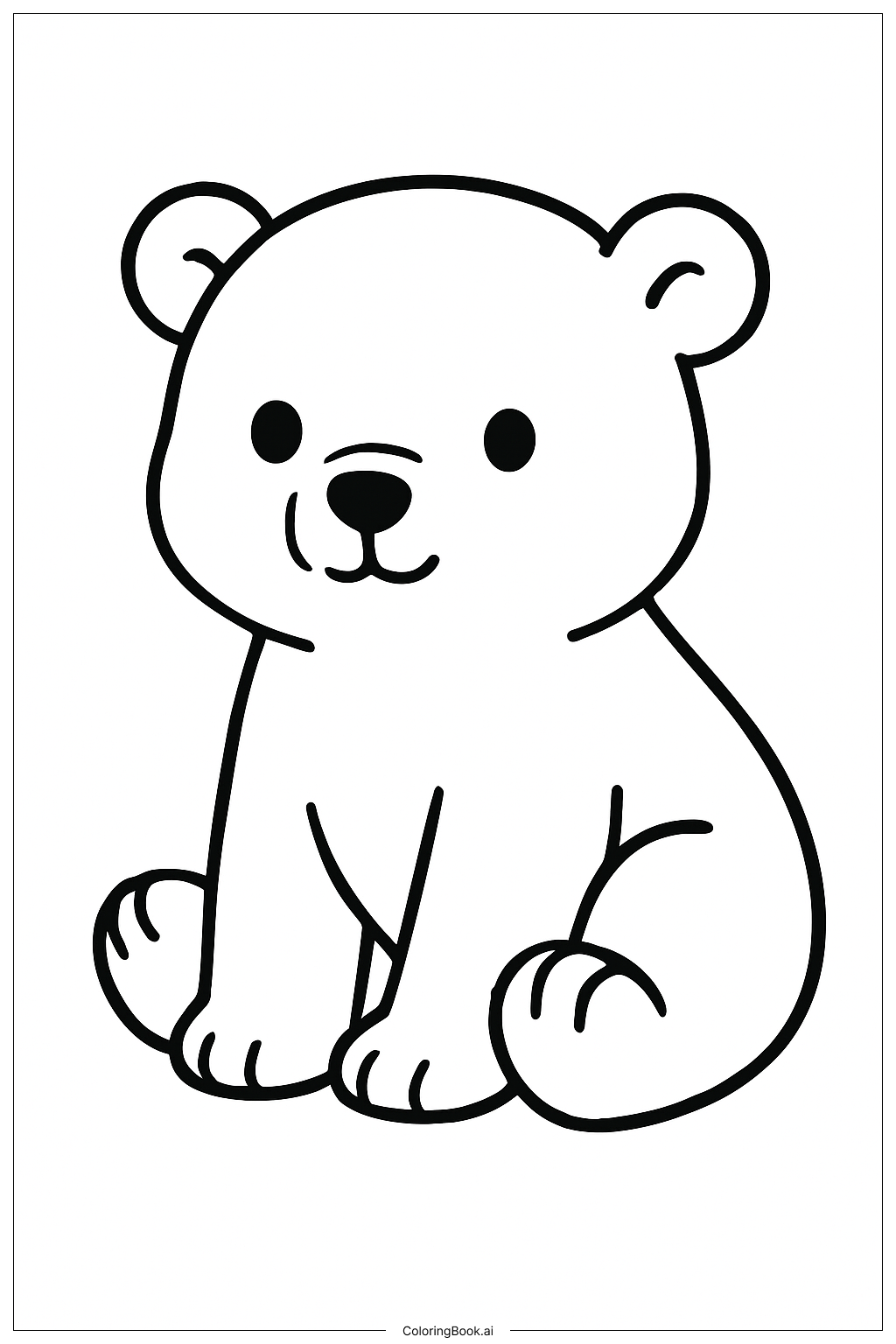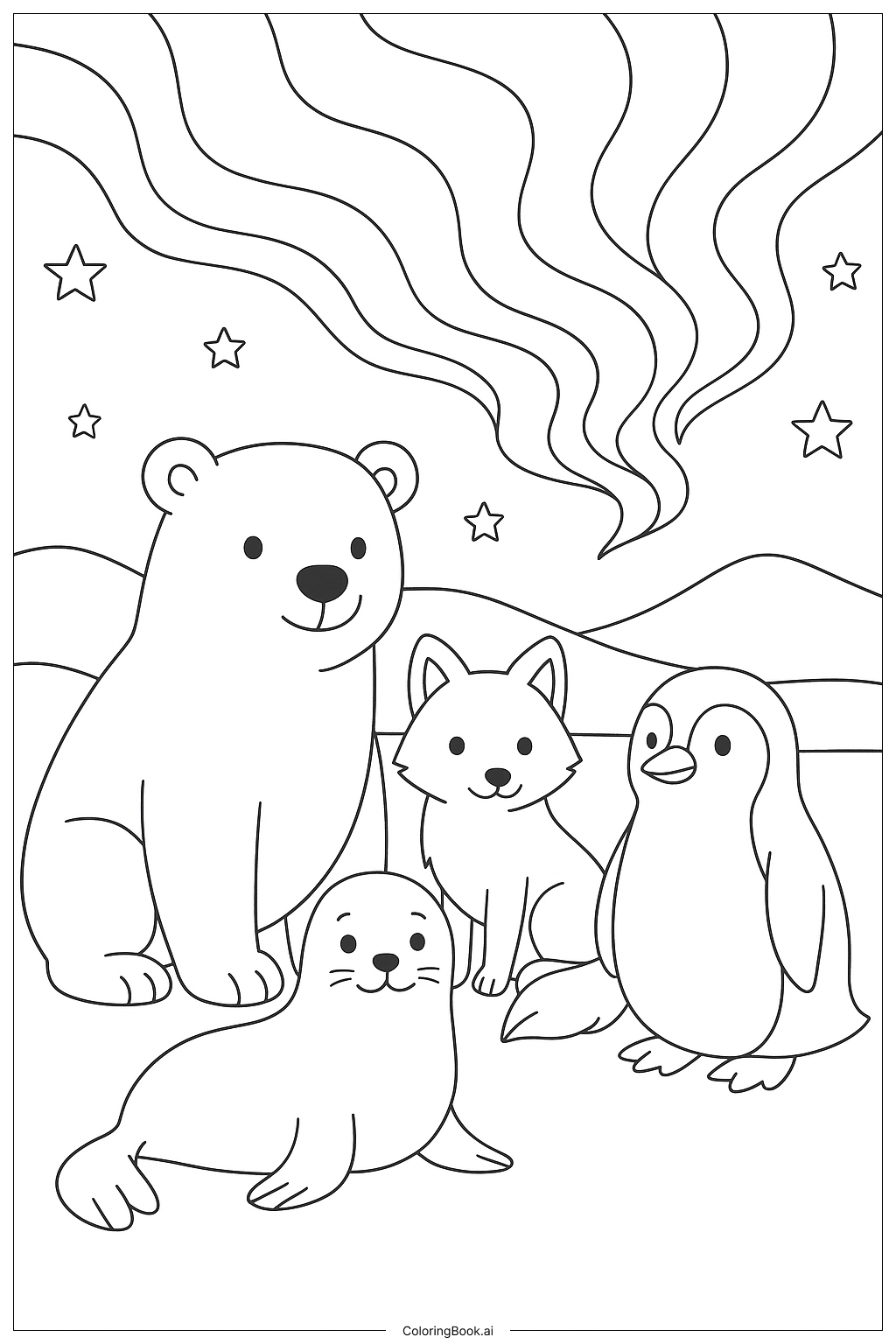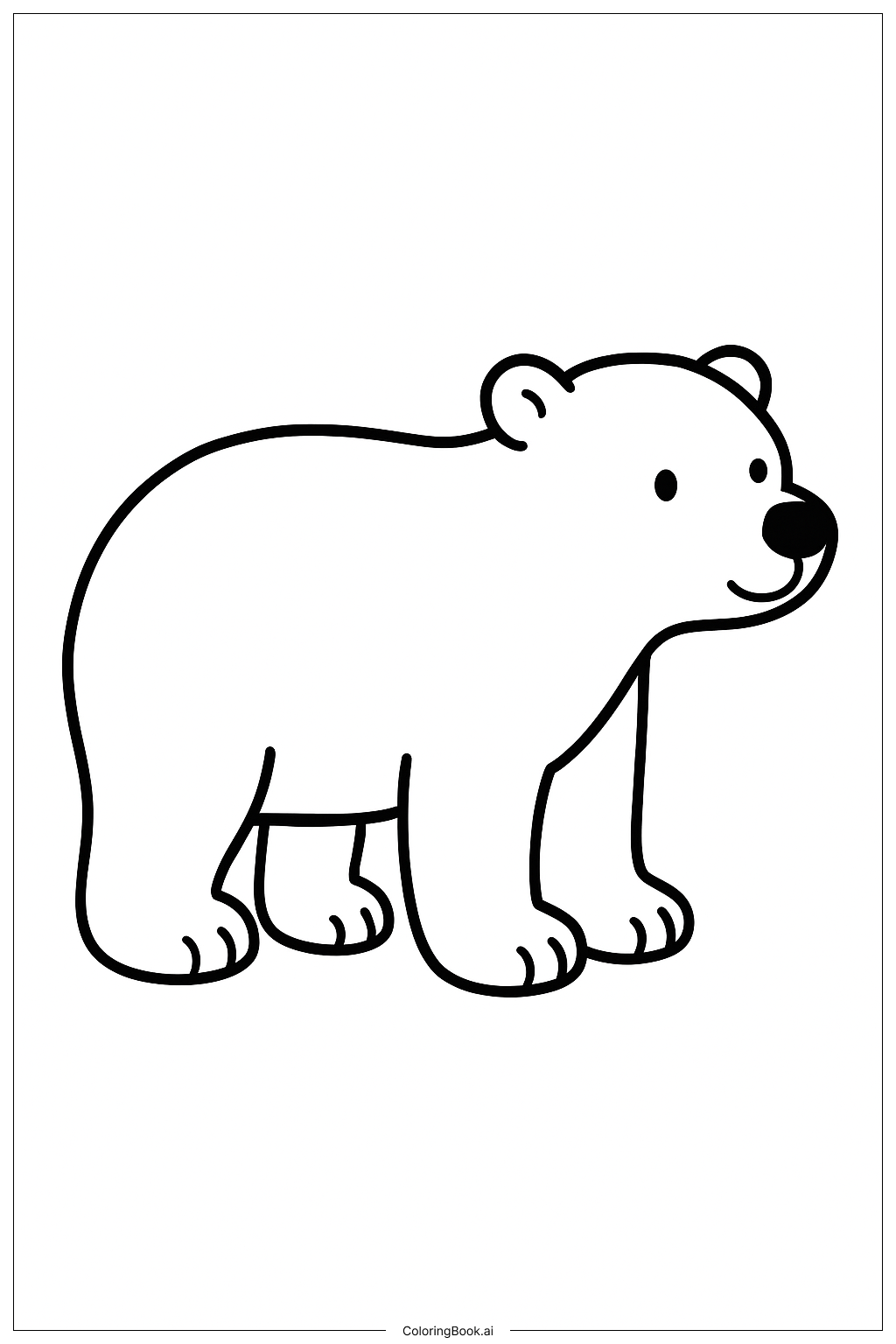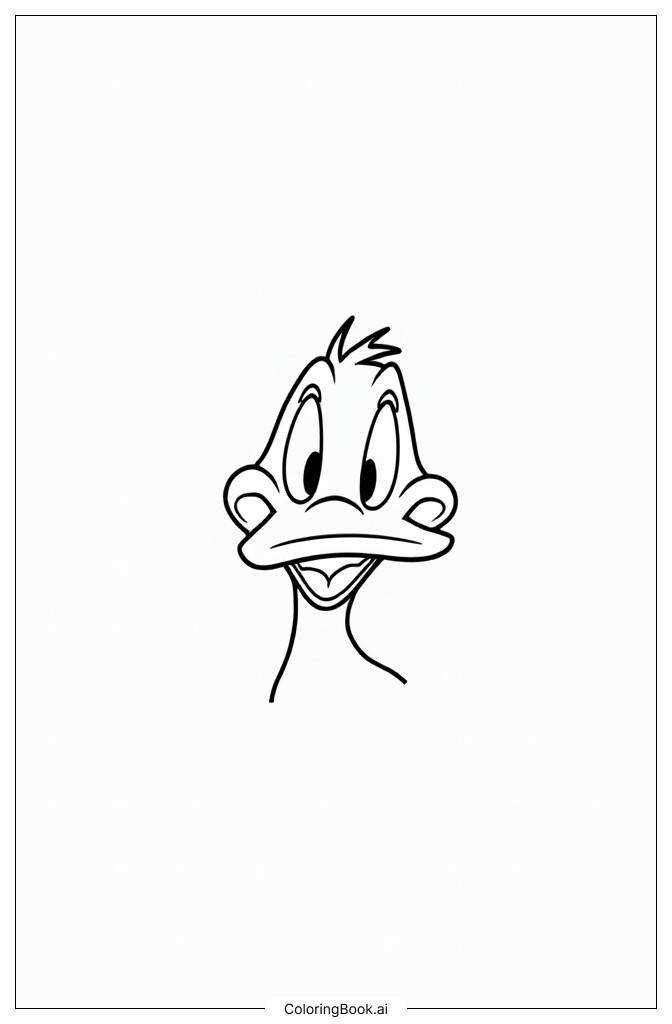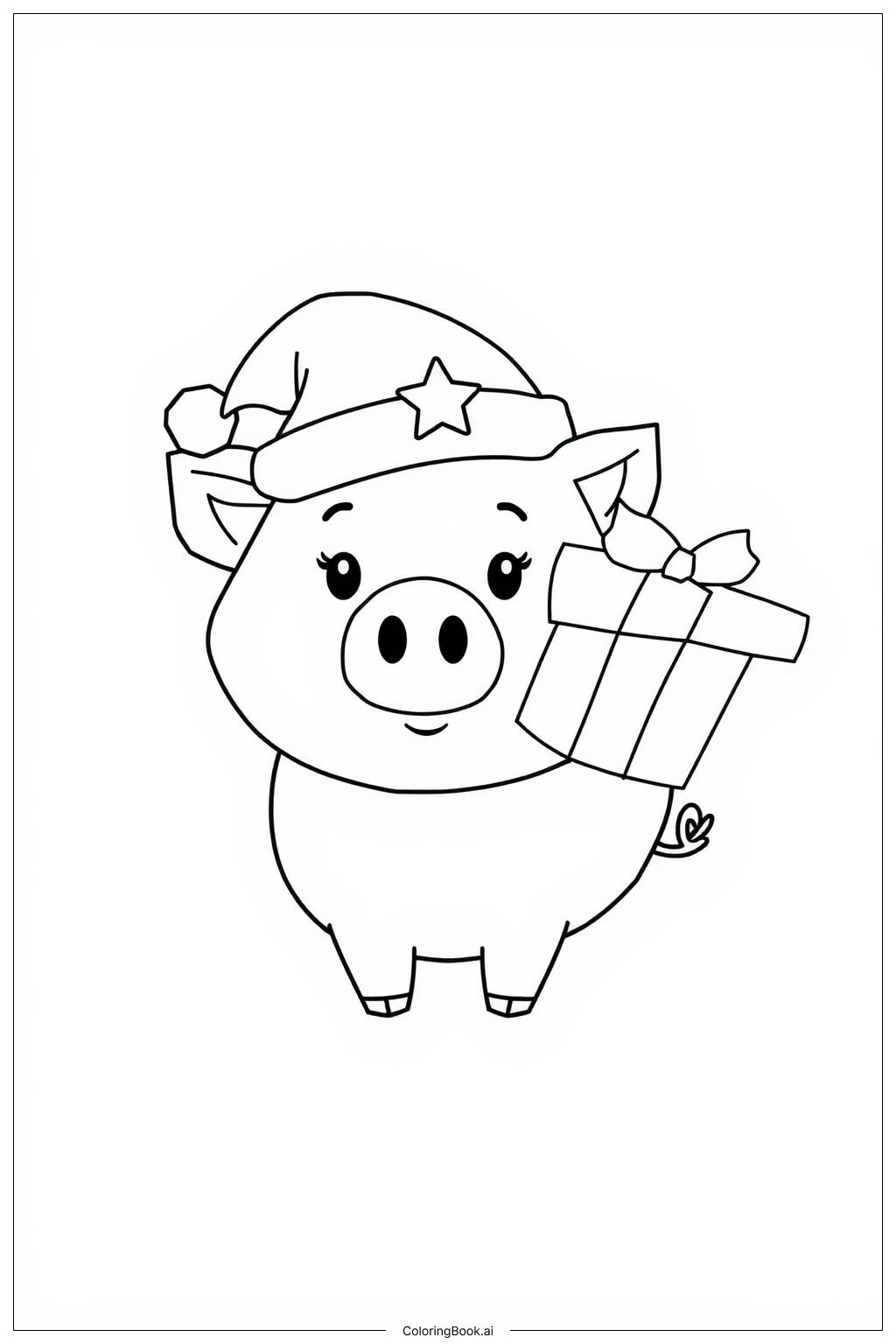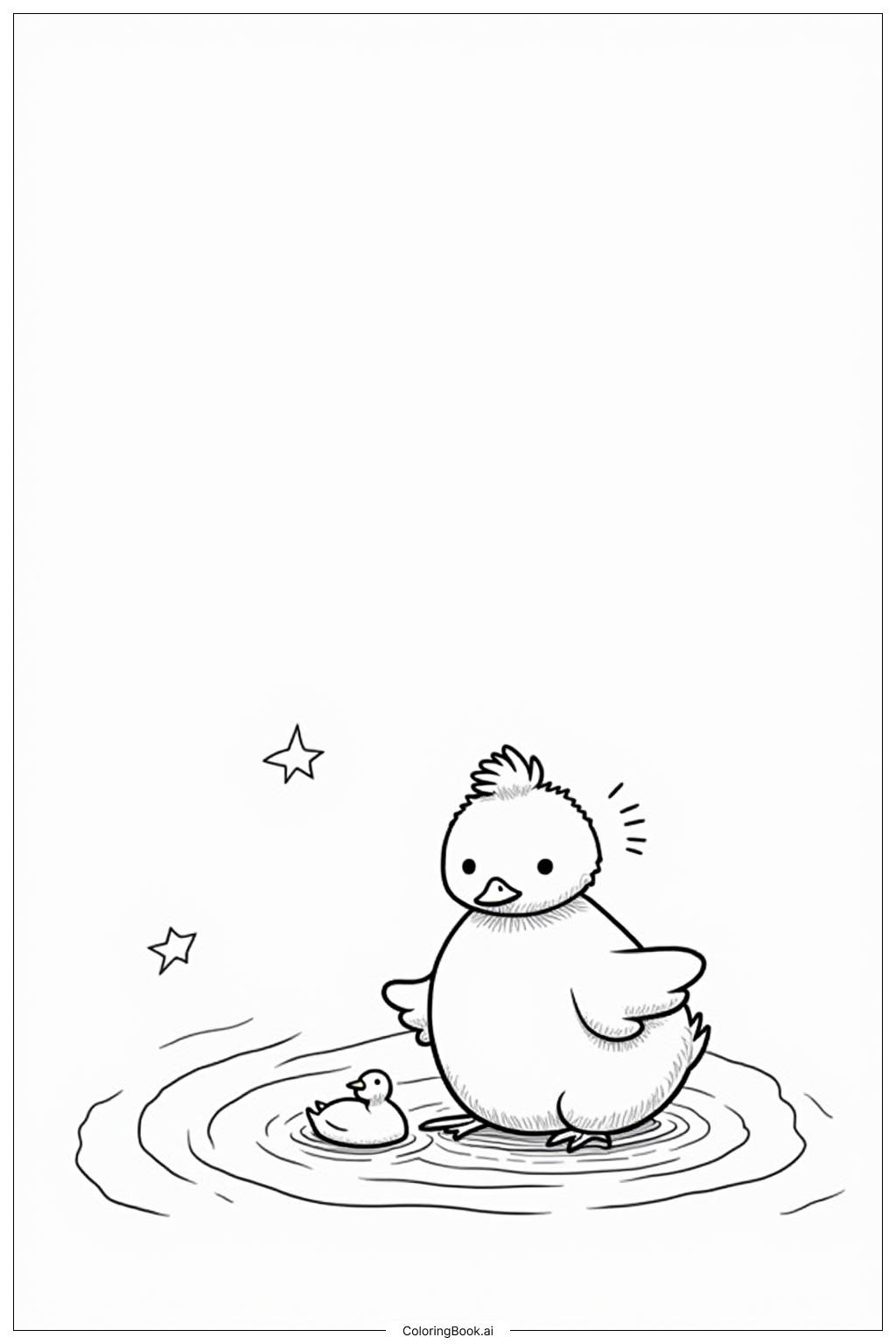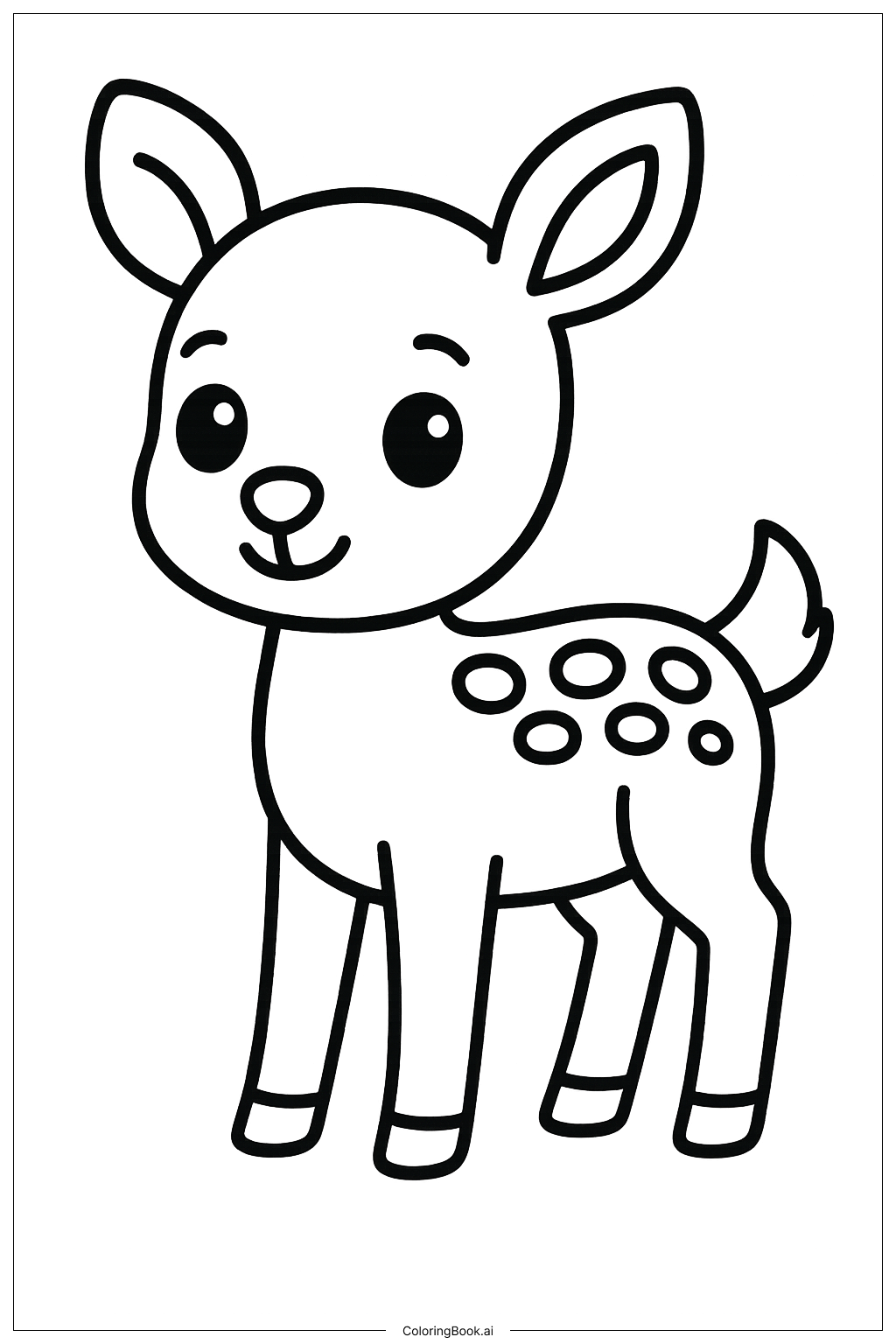Coloring tips: How to color Arctic Animals in a Simple Circle coloring page well?
Use light colors to show the soft fur of the polar bear, such as white with gentle gray shadows for depth. For the seal, try light browns or grays to capture its smooth skin. The penguin can be brightened with classic black and white colors, and add a touch of orange for the beak and feet. Feel free to add soft blue or light purple hues for the icy background inside the circle. Use crayons or colored pencils for smooth shading and blending. Stay inside the lines to keep it neat but don’t worry about being perfect — enjoy the coloring!
Coloring challenges: Which parts are difficult to color and need attention for Arctic Animals in a Simple Circle coloring page?
1. Coloring the polar bear with mostly white fur can be tricky because shading and texture need to be shown using light grays or blues without losing the white look.
2. The small details on the seal’s face like the whiskers and smile require careful coloring to keep the features clear and cute.
3. The penguin’s black and white body creates a high contrast that can be challenging to color evenly without going outside the lines.
4. Staying inside the circle while coloring all three animals can be difficult for younger children because it is a confined space.
5. Blending colors smoothly on rounded shapes like the seal and penguin takes patience and practice.
Benefits of coloring books: Advantages of drawing Arctic Animals in a Simple Circle coloring page
Coloring this page helps improve fine motor skills because children practice controlling their hand movements to stay within the lines. It encourages creativity by letting kids choose colors for Arctic animals they may not see every day. This activity also teaches about different animals and their environments, expanding knowledge. Coloring inside the circle helps develop spatial awareness and hand-eye coordination. Lastly, it can be calming and enjoyable, providing a relaxing break from other activities.
